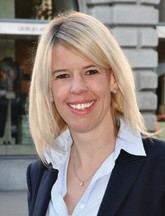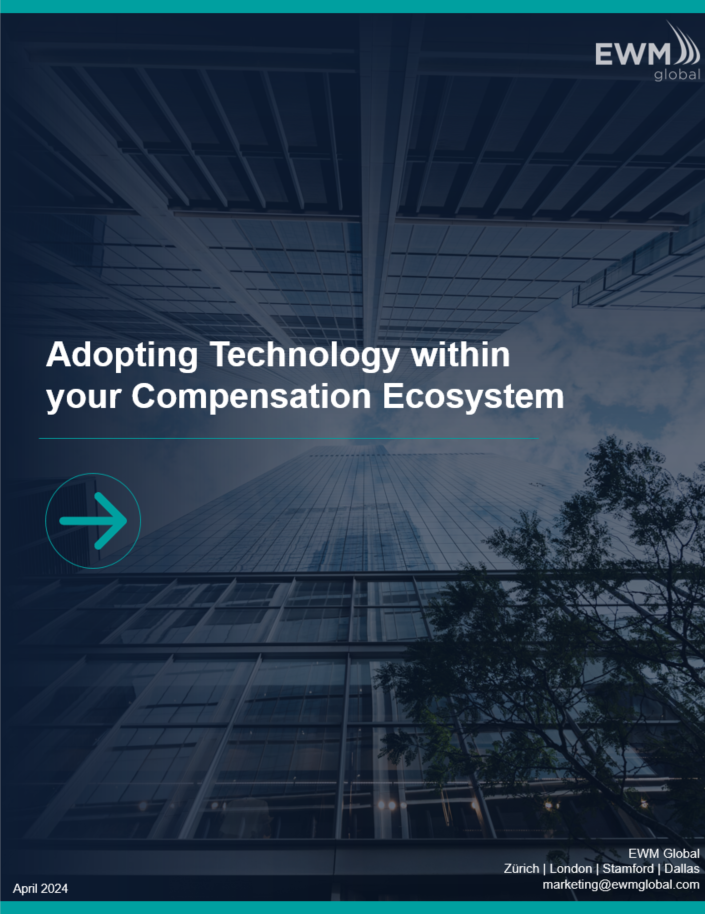Written by Private Funds CFO
Published: December 2019/January 2020 Edition of PEI's Private Fund Management Magazine.



Why is the ability to accurately administer waterfall calculations
quite so critical?
Rebecca Symonds: There are two calculations that drive private equity firms. The first is fund performance – the IRR being generated for investors. The other is the way in which the firms are actually going to make money themselves. I liken it to how a lawyer or accountant, who gets paid by the hour, will meticulously track the time they spend on a client. Waterfall calculations are the lifeblood of the organization. They de- termine how the GP will make money based on the profits it is generating for investors. That’s why it’s so important.
To what extent is the private capital industry embracing waterfall automation today?
Rebecca Symonds: We are – slowly – starting to see the industry embrace automation. Slowly, only because it is such an important calculation for these firms. Initially, we began to see traction for automation as a secondary calculation – a second set of eyes, if you will. Now we are starting to see much greater appetite for automation as the primary source. There has been a significant spike in interest over the last 12-18 months.
What makes waterfall calculations so complex?
Scott Pearson: They are complex because they are based on a series of individual negotiations with underlying investors. Certain investors may be charged a higher or lower fee or may be excluded from some investments, for example. There may be timing differentials. We see firms that may have multiple variations of already complex waterfalls across 80 to 100 different funds.
There are those who say the complexities mean waterfalls are too complicated to automate.
Riyaz Gadiwalla: The complexity really comes down to the way negotiations are structured. Firms do sometimes have concerns about whether an automated system is capable of dealing with that complexity, but we have a configurable platform that provides flexibility in both areas.
We also have an agile development process through which new functionality is released every eight weeks, which means we can adapt to any nuance that comes our way, either in terms of an individual firm’s requirements or new regulation.
Finance teams also sometimes have concerns around retaining control of what, as you say, is a vital calculation. They fear the black box effect. Is that fair?
Riyaz Gadiwalla: I think what we offer is the opposite of a black box. Automation makes companies review their information.
As part of the implementation process, they are forced to reassess LPAs and the way waterfalls have traditionally been calculated. Sometimes complacency has crept in and things are being done in a certain way, sim- ply because that is the way they have always been done.
Scott Pearson: I could see firms being concerned about a black box, if the system was simply producing a final carry figure, with no back up as to how that number had been reached. But any automated system worth its salt is going to provide complete transparency around all the variables that go into the calculations, freeing up the GP to spend more time on the things that they were actually hired to do.
So, how much time and resource does development take?
Scott Pearson: There is always that initial set up that has to take place, but we are finding that after that initial migration of historical funds, the ongoing maintenance of introducing new funds to the system is really very straightforward. The complexity lies in each clients’ calculation, but that complexity is replicable – albeit with slight variations.
Adding new funds takes a matter of minutes, whereas people will need to go through every single cell in an Excel sheet to ensure the logic in the formula is being applied correctly. There is always an upfront cost with any investment into your business. There’s cost associated with moving into a new building, for example. But once that’s completed, you would never look back and say, “I wish we were still in that smaller space.”
Rebecca Symonds: Making that investment is important from a business security standpoint as well. If your key players who hold all the knowledge around the calculations suddenly leave, you can end up in a real mess. It is worth investing that time and energy to get everything set up in the right way within the organization. You also have the reassurance of having a partner company who can step in and help train new people so that knowledge stays fresh.
But does Excel not suffice, at least for smaller firms with relatively few live funds?
Riyaz Gadiwalla: Excel is obviously a great application. We couldn’t get along without it. And for a small firm, that has a couple of funds, five or six investors and a handful of portfolio companies, yes, Excel can work just fine.
But is that firm really optimizing the waterfall calculation from a modelling perspective? An automated system allows you to tweak the compounding methodology, or to exclude a particular expense from a distribution and see how that affects the preferred return. That can be challenging in Excel and even small firms will want to optimize the most important calculation for the partners.
How should firms contemplating a transition to automation approach the move?
Scott Pearson: Firms should look carefully at a provider’s expertise and their experience with different types of waterfall methodologies. Most of these systems are also not just pure software that the client loads onto their own systems.
They are SaaS models, so it is important to look at things like information security, multi-factor authentication and role-based access. Having a provider that is flexible enough to adapt and to develop new capabilities quickly as a firm grows and expands beyond its original requirements is critical too.
At one time, clients wanted a full-service platform where we ran the calculation, audited the calculation and provided them with the results. That has now shifted and firms are increasingly demanding that they are empowered to run their own waterfalls so that they retain control.
How do you expect waterfall automation to develop?
Rebecca Symonds: We find it ironic that private equity firms’ MO is to buy portfolio companies, make them more efficient, typically through digital transformation, and then sell them at a profit – but, until recently, they have been reticent to embrace technology for their own internal processes. We like to say digital transformation begins at home.
I think the private capital industry is starting to do a better job and over the next few years we will see a very different industry emerge – an industry that has truly embraced the power of digital transformation and is capitalizing on the technology available.
Rebecca Symonds is EWM Global’s chief operating officer; Riyaz Gadiwalla is head of product strategy; Scott Pearson is head of private equity services product.
If you would like more information, please contact marketing@ewmglobal.com






